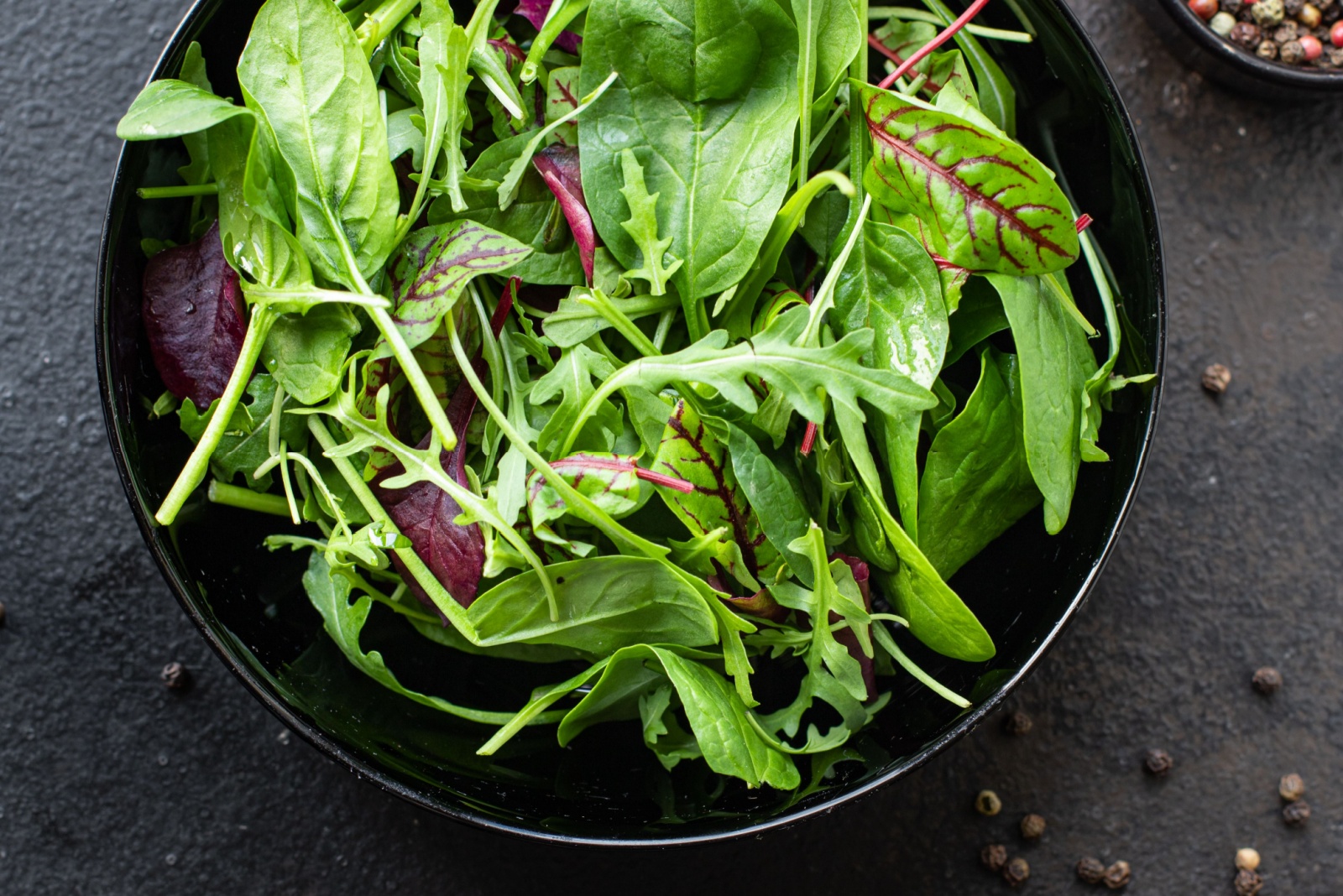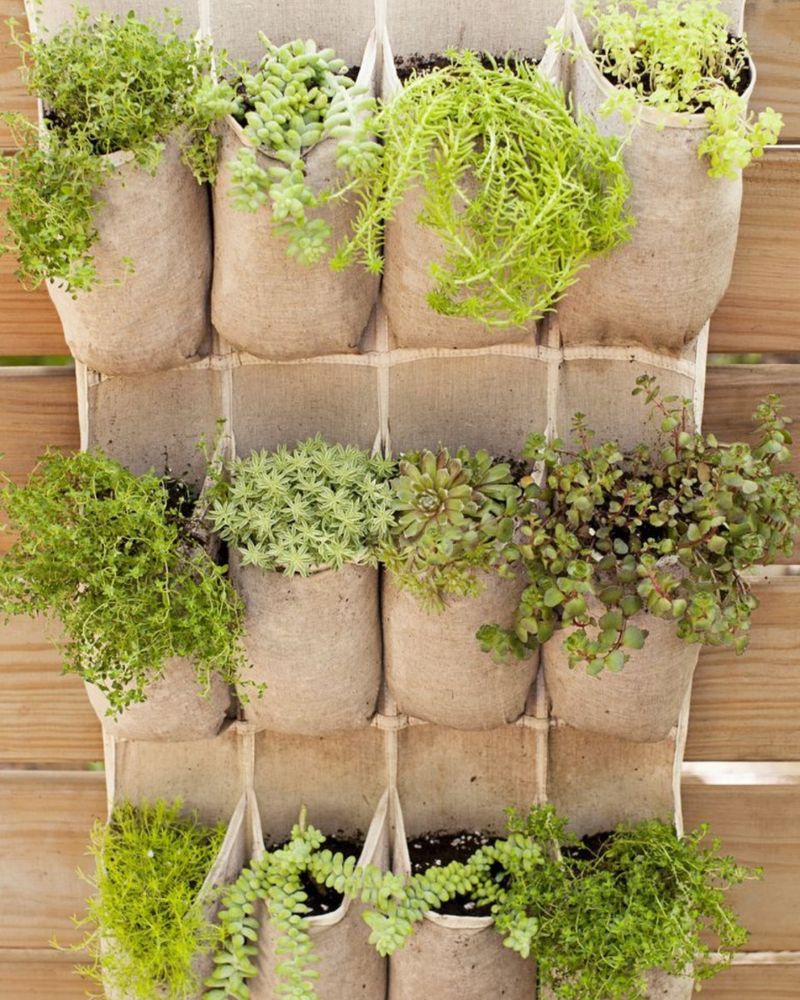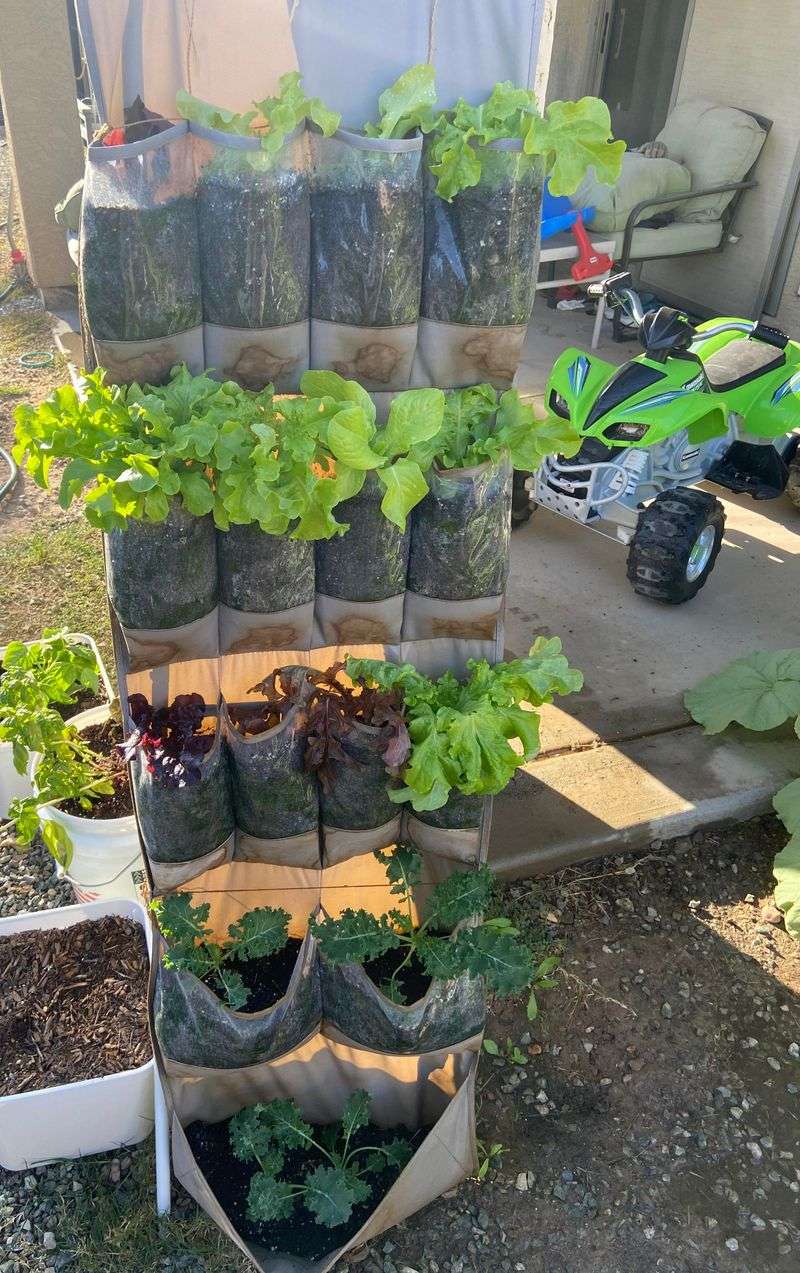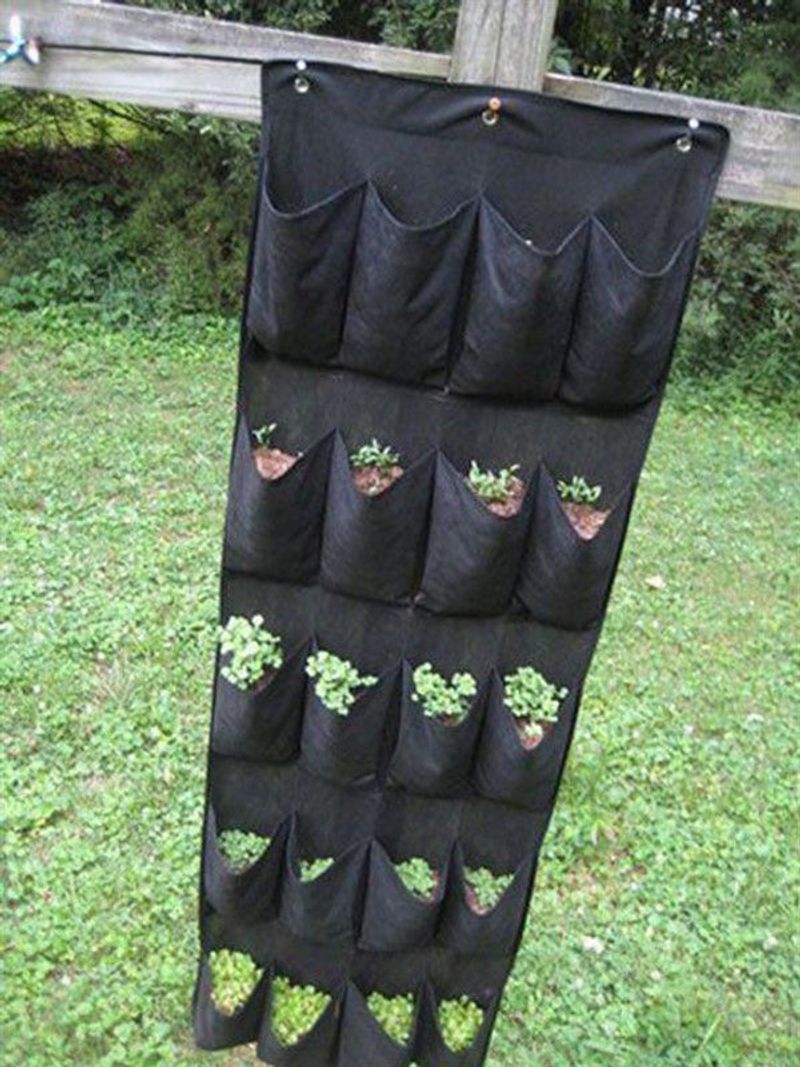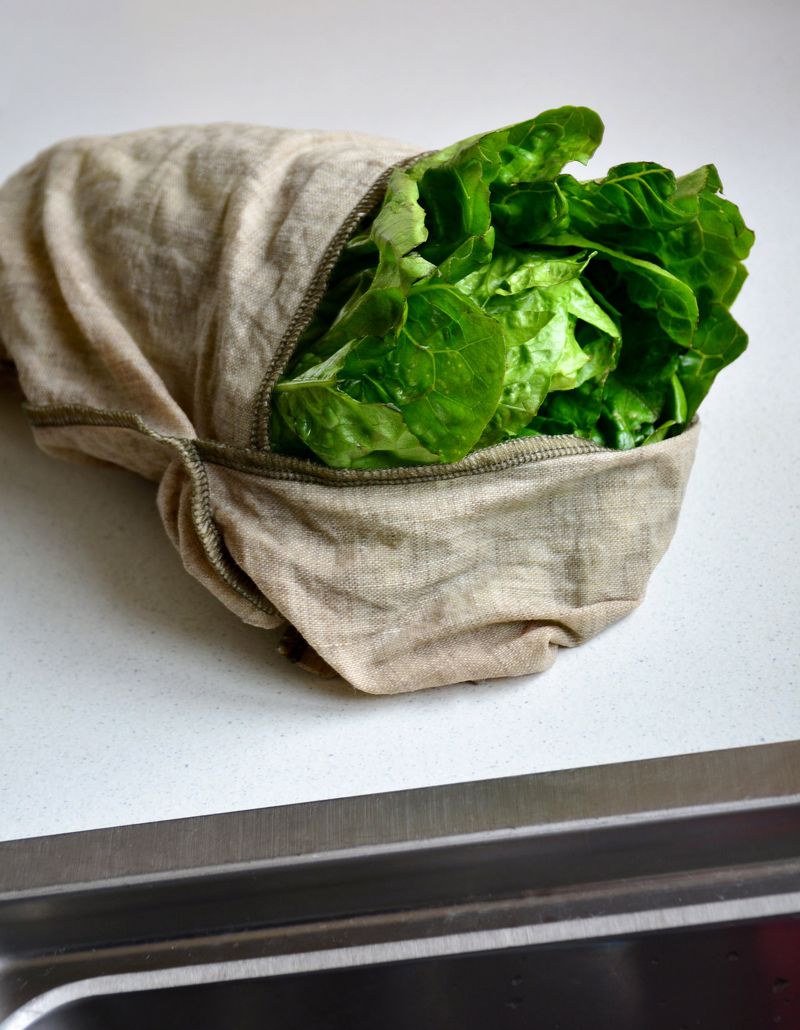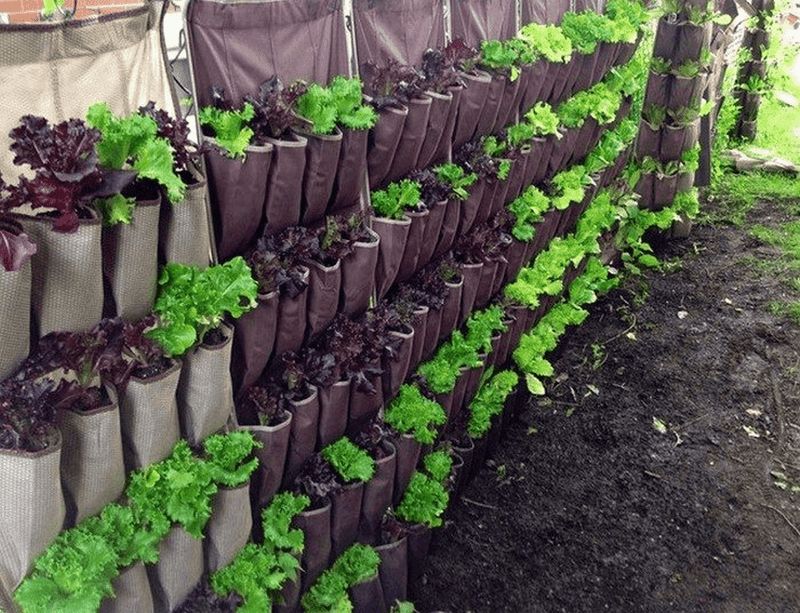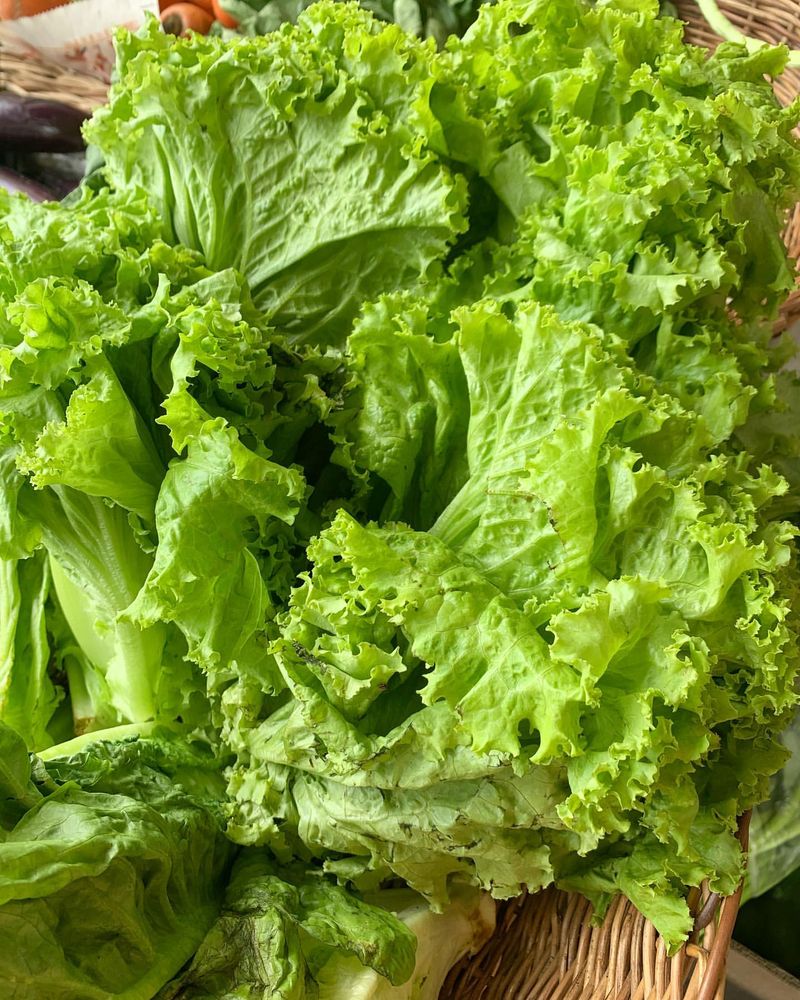Growing your own salad greens is simpler than it sounds—even if space is tight. With a little creativity, you can turn small corners into lush, edible patches. It’s a fresh way to eat well and garden smart.
In sunny California, where the weather plays nice most of the year, even a hanging shoe organizer can become a thriving mini garden. Just fill the pockets with soil, tuck in some seeds, and let the sun do its thing.
This clever setup is perfect for apartment balconies or tiny patios. You’ll have crisp lettuce, tender spinach, and more growing right outside your door—no backyard required.
1. Choose The Right Shoe Organizer
Look for a canvas or fabric shoe organizer with multiple pockets, not the clear plastic type. Fabric allows better drainage and air circulation for your greens. I’ve found that organizers with at least 20 pockets give you plenty of growing space.
Make sure the material is sturdy enough to hold soil when wet. In my experience, reinforced seams prevent soil leakage when watering. Most dollar stores in California carry these organizers for under $10.
Check that your chosen organizer has grommets or strong hanging loops at the top. These need to support the weight of soil, plants, and water without tearing, especially during California’s occasional strong winds.
2. Set Up Your Growing Location
Hang your organizer on a fence, balcony railing, or wall that receives 4-6 hours of sunlight daily. Morning sun with afternoon shade works best in California’s hotter regions to prevent greens from bolting too quickly.
Secure the organizer firmly to prevent swinging in the breeze. I noticed that adding a few extra hooks at the bottom corners helps keep everything stable during watering or windy days.
For apartment dwellers, a sturdy over-the-door hook system works well. Just remember that indoor growing requires more attention to light conditions, as California’s natural brightness won’t reach your plants.
3. Prepare Your Pockets For Planting
Poke 3-4 small drainage holes in the bottom of each pocket using scissors or a screwdriver. Without proper drainage, roots will rot quickly, especially during California’s occasional heavy rains or fog.
Fill each pocket with lightweight potting mix, not garden soil which compacts too easily. I tried once using regular soil and my lettuce barely grew, but switching to quality potting mix made all the difference.
Leave about an inch of space at the top of each pocket to prevent soil from washing out when watering. Adding a thin layer of compost to each pocket provides slow-release nutrients that California’s fast-growing greens will appreciate.
4. Select California-Friendly Salad Greens
California’s climate supports year-round growing of many salad greens. For hot regions, choose heat-tolerant varieties like ‘Red Sails’ lettuce, arugula, and mustard greens that won’t bolt immediately in summer.
Cool coastal areas are perfect for growing spinach, butter lettuce, and mesclun mixes. For fall and winter planting, kale and Swiss chard thrive in most California regions and continue producing for months.
Consider succession planting by starting new seeds every two weeks. This keeps your harvest continuous rather than having everything ready at once. Many garden centers across California offer seed varieties specifically adapted to our unique growing zones.
5. Master The Seeding Technique
Sprinkle seeds lightly across the soil surface in each pocket rather than burying them deep. Most salad greens need light to germinate, so a gentle press into the soil is sufficient.
For smaller pockets, focus on quick-growing greens like mesclun mixes or baby lettuce. Larger pockets can support slower-growing greens such as full-sized romaine or kale. I typically plant 2-3 different varieties to ensure something always succeeds.
Cover seeds with a thin layer of vermiculite to retain moisture while allowing light through. This helps tremendously during California’s dry spells when keeping soil consistently moist can be challenging.
6. Develop A California-Smart Watering Routine
Water your vertical garden from the top, allowing moisture to seep down through all pockets. The fabric material helps distribute water evenly, but top pockets will dry faster than bottom ones.
During hot California summers, you might need to water daily, while winter may require only twice-weekly watering. Feel the soil in different pockets to gauge moisture needs rather than following a strict schedule.
Morning watering works best in California’s climate. For me, this practice reduces evaporation and helps plants withstand afternoon heat. Consider installing a simple drip irrigation system for busy periods when daily watering isn’t possible.
7. Harvest And Maintain Your Greens
Pick outer leaves first while leaving the center to continue growing. This “cut and come again” method extends your harvest season significantly, giving you fresh greens for weeks from a single planting.
Rotate your organizer occasionally if you notice plants leaning toward the light. California’s strong southern sun can cause uneven growth if plants receive light from only one direction.
Replace soil in pockets every few months to refresh nutrients. Watch for pests common in California gardens like aphids and caterpillars. A gentle spray of soapy water usually keeps them in check without harming your edible greens.

